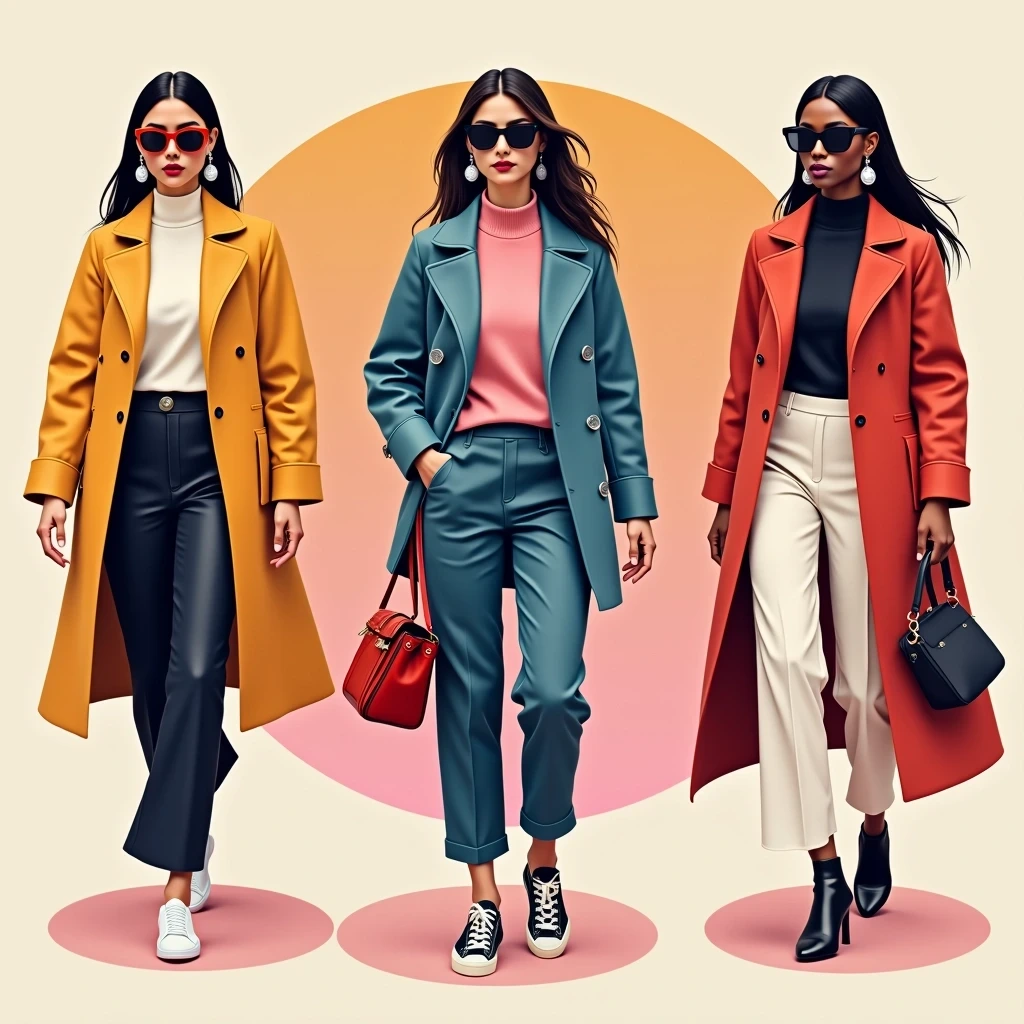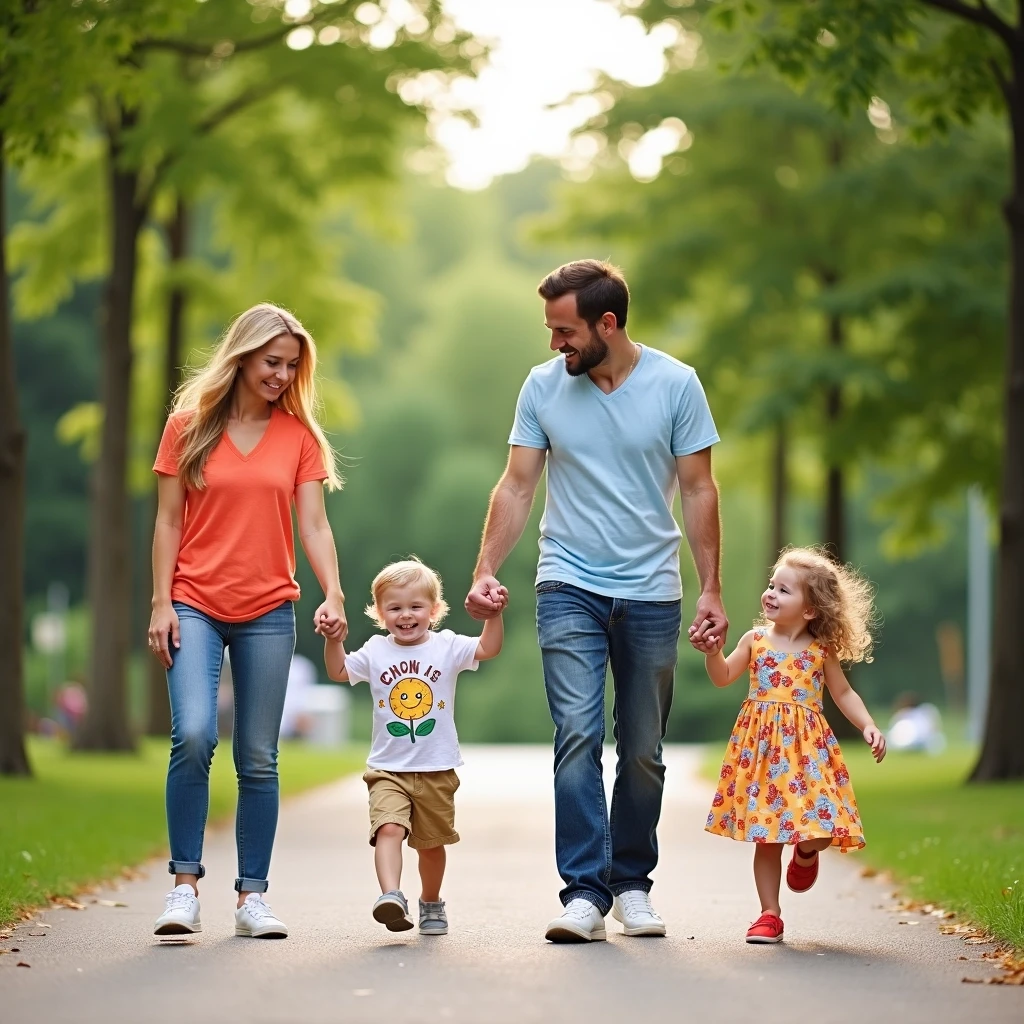In the heart of the digital revolution, a new question echoes through galleries, concert halls, and literary circles alike—Can Creative AI become the next great artist? As artificial intelligence continues to evolve at breakneck speed, it’s no longer confined to repetitive or analytical tasks. Today, AI can paint, compose, write, and even mimic complex human emotions through its creations.
What was once the exclusive domain of human imagination is now being redefined. This Creative AI revolution is stirring debate, inspiring innovation, and shaping a new era of collaboration between man and machine.
In this comprehensive guide, we’ll explore how Creative AI is transforming art, music, and literature, assess its strengths and limitations, and ask the pressing question—are machines capable of true creativity?
What Is Creative AI?
Creative AI refers to artificial intelligence systems that are designed to perform tasks typically associated with human creativity. These systems use deep learning, neural networks, and natural language processing to create art, music, stories, poetry, and more. Unlike traditional AI that follows fixed logic, Creative AI can generate new and original ideas based on learned patterns.
For instance, AI can analyze thousands of paintings and produce a unique work of art that blends styles in innovative ways. Similarly, it can generate a song with original lyrics and melody or write a short story that follows human-like storytelling conventions.
The rapid development of Creative AI has opened new doors for artistic expression—but it also raises new questions about originality, authenticity, and the future of the creative process.
The Origins and Evolution of Creative AI
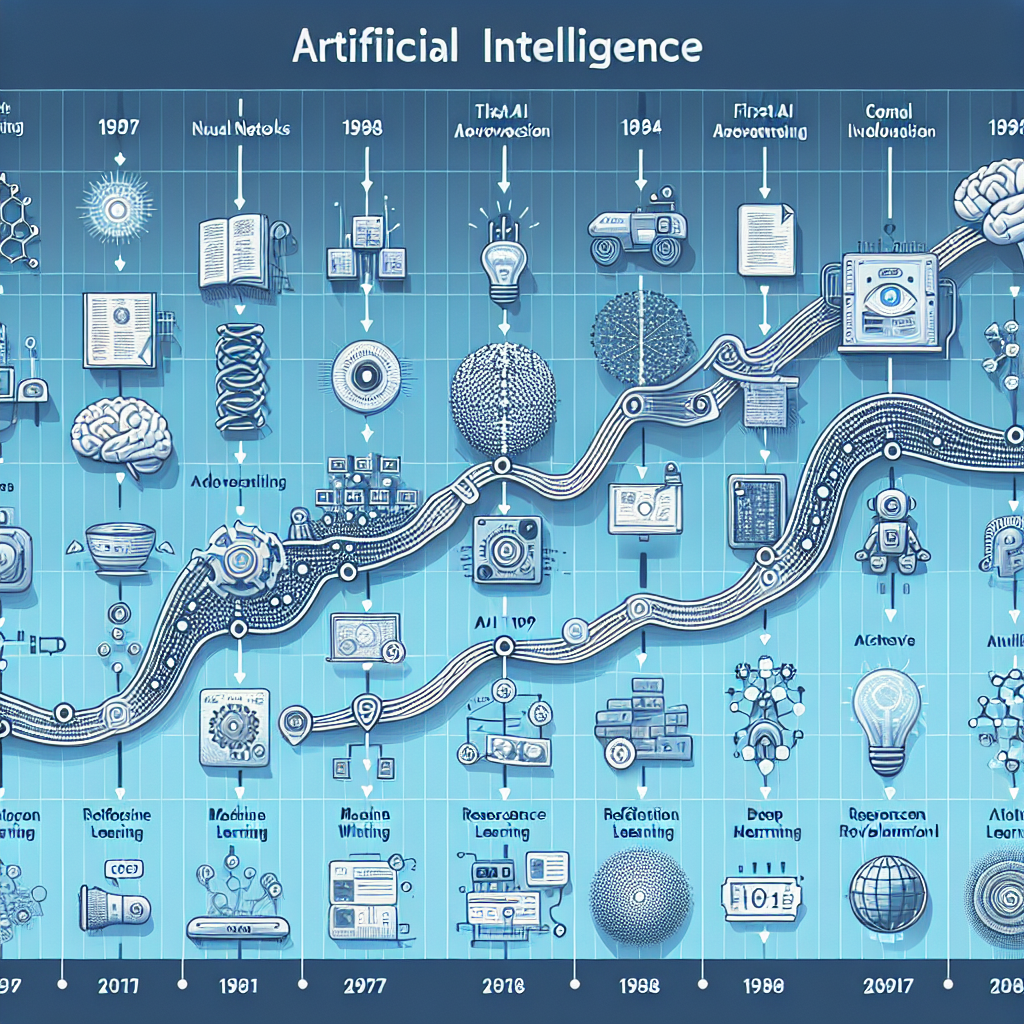
The roots of Creative AI trace back to experiments in generative algorithms and machine learning. One early landmark was Harold Cohen’s AARON, an AI program created in the 1970s to produce original drawings. Fast forward to today, and platforms like OpenAI’s DALL·E, GPT-4, Google’s Magenta, and DeepArt are capable of generating visuals, music, and writing that rival human-made creations.
Advancements in computing power, access to massive datasets, and breakthroughs in deep learning have accelerated this shift. Creative AI has evolved from a novel experiment to a serious tool in modern creative workflows.
How Creative AI Is Shaping Different Art Forms
Visual Art
Creative AI has had a profound impact on visual art. Algorithms can now replicate famous painting styles, generate realistic portraits, or produce completely abstract compositions. In 2018, an AI-generated portrait titled Edmond de Belamy sold for over $432,000 at a Christie’s auction. This milestone ignited global curiosity—and controversy.
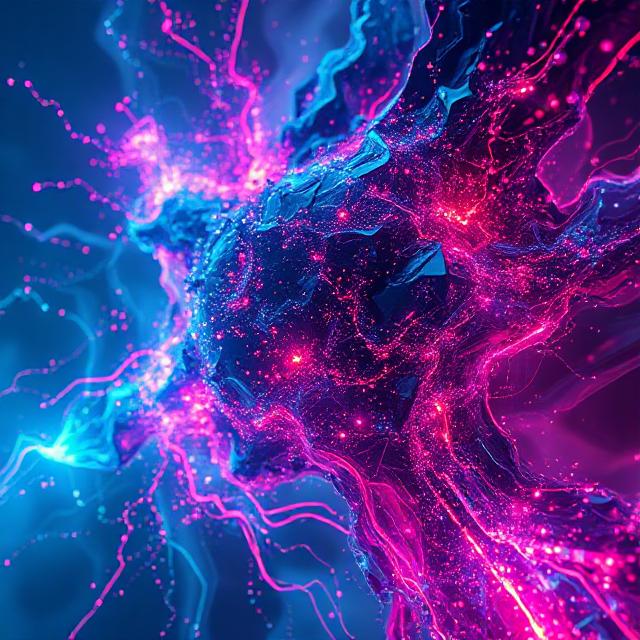
Tools like DeepDream, Artbreeder, and DALL·E allow both amateurs and professionals to experiment with machine-generated visuals. Designers can create mood boards, logos, and digital paintings with unprecedented speed and variety.
Benefits for Artists:
- Rapid idea generation
- Style mixing (e.g., Van Gogh meets Cyberpunk)
- Time-saving for concept art and commercial projects
Music Composition
AI’s role in music has grown from basic beats to full orchestral scores. OpenAI’s MuseNet and Google’s Magenta Studio can compose music in multiple genres and blend musical styles seamlessly. Whether it’s lo-fi chill beats or Beethoven-inspired symphonies, AI is composing like never before.
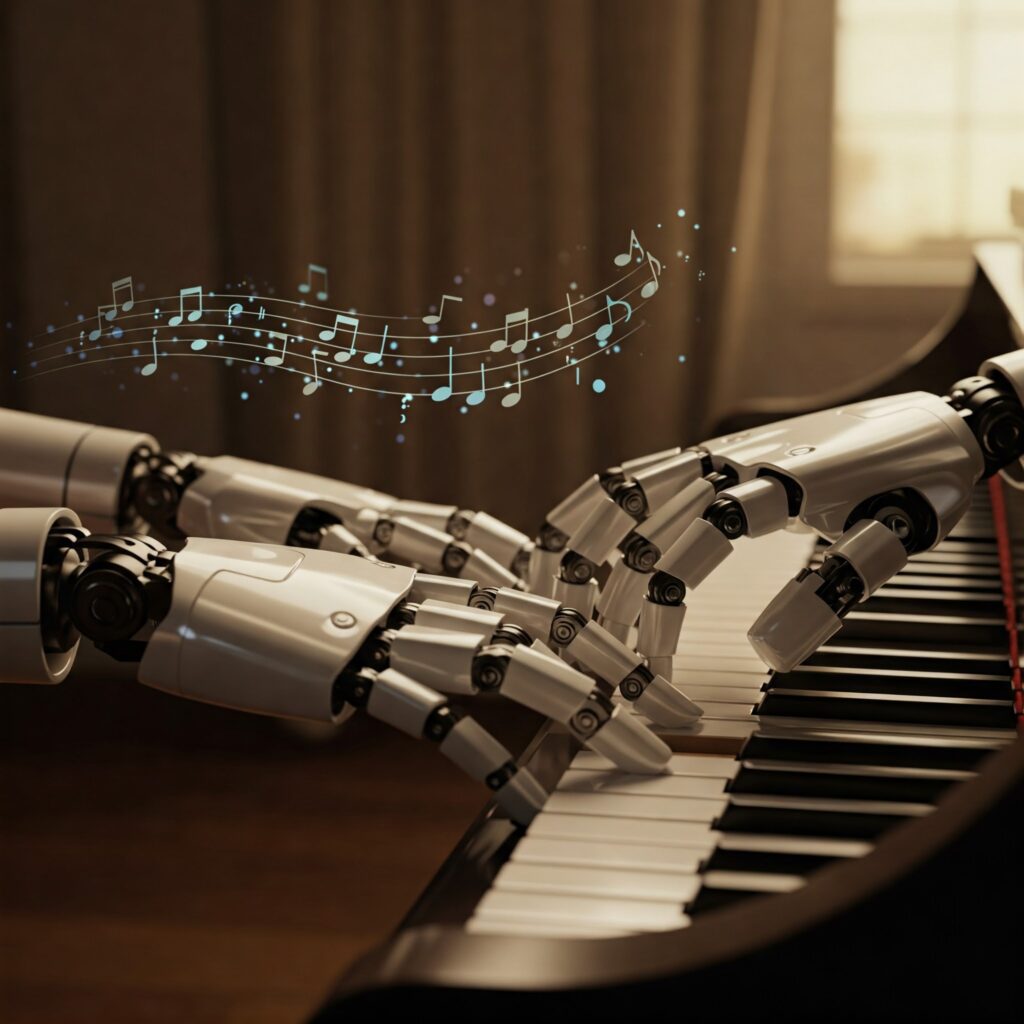
Musicians now use AI as a co-writer—suggesting chord progressions, generating melodies, or even composing entire tracks. The pop group YACHT created an album with AI assistance, showcasing how technology can collaborate with human talent.
Creative AI Music Use Cases:
- AI-generated background scores for films and video games
- Personalized playlists based on mood or biometric feedback
- Live improvisation with AI “bandmates”
Writing and Storytelling
In literature and digital content, Creative AI tools like GPT-4 are writing poetry, novels, short stories, marketing copy, and scripts. These tools can mimic tone, style, and narrative structure with impressive results.

Authors use AI for ideation, ghostwriting, and even as creative collaborators. AI-driven platforms like Sudowrite or NovelAI help writers overcome blocks and generate content faster than ever before.
Popular Applications:
- Blog writing and content creation
- Fictional storytelling and dialogue generation
- Personalized chatbots and interactive narratives
The Science Behind Creative AI
So how does Creative AI actually work?
At its core, Creative AI uses machine learning algorithms, particularly generative models like:
- GANs (Generative Adversarial Networks) – For creating realistic images.
- Transformers (e.g., GPT, BERT) – For understanding and generating text.
- RNNs (Recurrent Neural Networks) – For music and sequential data.
These systems are trained on massive datasets (millions of images, texts, or audio files) and use that information to learn patterns and styles. They can then generate new content that appears original and imaginative.
Can AI Be Truly Creative?
This is the philosophical and ethical heart of the debate.
Critics argue that creativity requires consciousness, emotion, and intention—qualities that machines lack. AI doesn’t feel sadness when writing a tragic poem or see beauty in a painting. It mimics creativity through mathematical patterns.
Supporters, however, redefine creativity as the ability to produce something new and valuable. By this logic, if an AI-generated piece moves people, entertains, or provokes thought, it qualifies as creative—regardless of intent.
Creative AI doesn’t replace human creativity; it reflects it, reframes it, and often enhances it.
Ethical Concerns Around Creative AI
While Creative AI offers exciting opportunities, it also introduces ethical challenges:

1. Copyright & Ownership
If AI is trained on copyrighted works, who owns the final output? The original artist? The AI developer? The user? Legal frameworks are still catching up.
2. Job Displacement
Graphic designers, writers, and musicians face
from automation. While AI creates opportunities, it may also replace certain creative jobs.
3. Authenticity & Trust
With deepfakes, AI-generated news, and fake profiles, Creative AI can mislead audiences. Trust and transparency are critical in a world where reality can be digitally fabricated.
Benefits of Embracing Creative AI
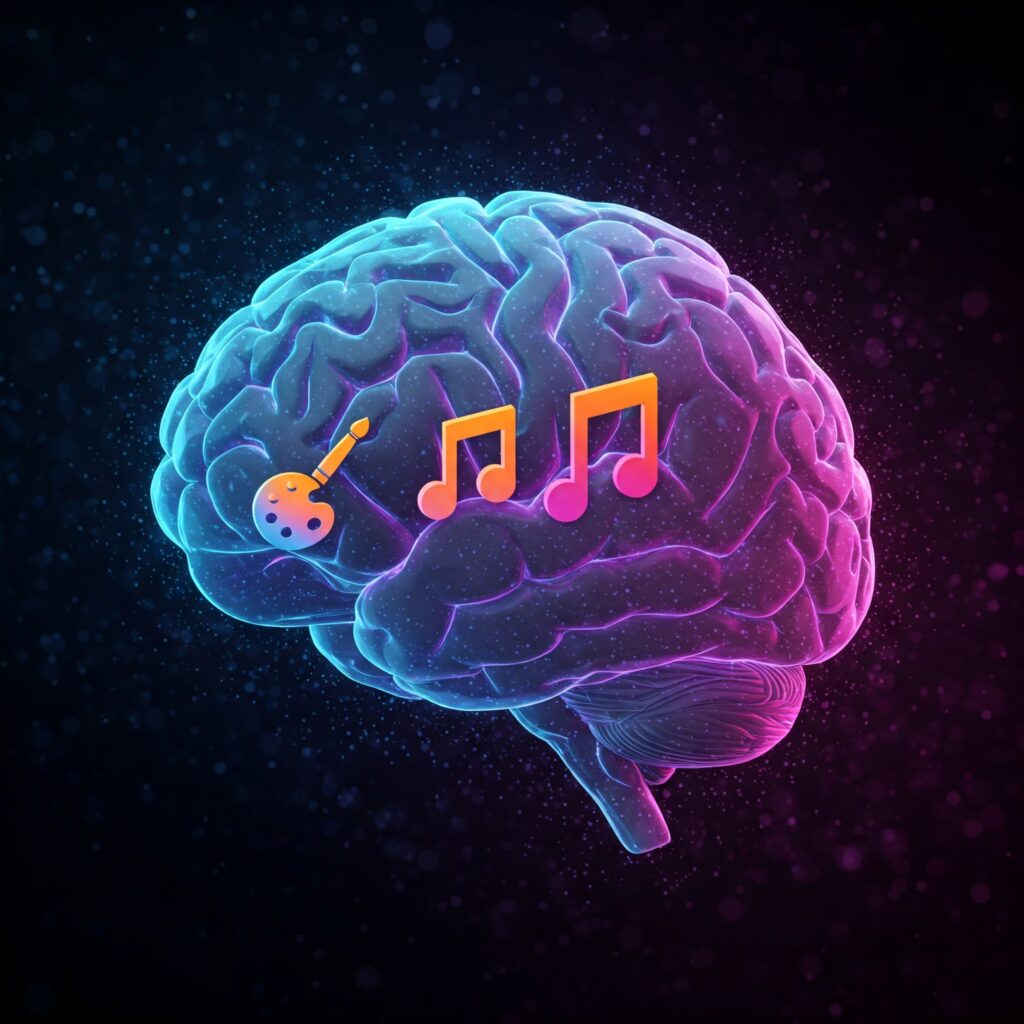
Despite the challenges, Creative AI offers tremendous value:
- Speed & Scalability: AI can produce in minutes what might take humans hours or days.
- Innovation: AI can explore combinations humans may never consider.
- Accessibility: Non-artists can create stunning work without technical training.
- Collaboration: Artists can use AI as a partner, not a replacement.
How Businesses Are Using Creative AI
Marketing & Advertising
AI tools generate social media posts, ad copy, and personalized campaigns at scale. Brands use platforms like Jasper AI and Copy.ai for content creation.
Fashion & Design
AI designs clothing patterns, suggests color palettes, and even predicts trends.
Film & Entertainment
Screenwriters use AI to generate plot twists, while directors use AI for scene simulations and visual effects.
Is Creative AI the Future of Art?
The future of art isn’t a binary choice between man and machine—it’s a symbiosis. Like photography and digital editing before it, Creative AI is another tool in the artist’s toolbox.
Rather than threatening creativity, AI challenges us to redefine it. In a world of human-machine collaboration, the most successful creators will be those who embrace AI not as a rival, but as a revolutionary partner.
Frequently Asked Questions (FAQs)
Q1. What is Creative AI?
Creative AI refers to artificial intelligence systems that generate original content—such as images, music, or writing—based on learned patterns from large datasets.
Q2. Can AI really create art?
Yes, AI can generate artwork, music, and writing that is often indistinguishable from human-created pieces. Whether it’s “real” art depends on your definition of creativity.
Q3. Will Creative AI replace human artists?
Not entirely. AI can enhance and accelerate the creative process, but human creativity, emotion, and context are still irreplaceable.
Q4. Are there any risks with Creative AI?
Yes. Ethical concerns include copyright infringement, misinformation, job displacement, and questions about authorship and authenticity.
Q5. How can I use Creative AI in my work?
There are many tools available for artists, writers, and musicians. Platforms like DALL·E, Midjourney, Jasper AI, and Magenta offer user-friendly interfaces for generating creative content.
Final Thoughts
The Creative AI revolution is not a distant future—it’s already here. Whether composing symphonies, crafting compelling narratives, or painting in abstract, AI is reshaping what it means to be an artist.
Rather than fearing the rise of machines, creatives should see this as an invitation—to explore, to innovate, and to co-create in ways never before imagined. Creative AI is not replacing the soul of artistry—it’s extending its reach.
The next great artist might be human. Or it might be a machine. More likely, it will be a fusion of both.






